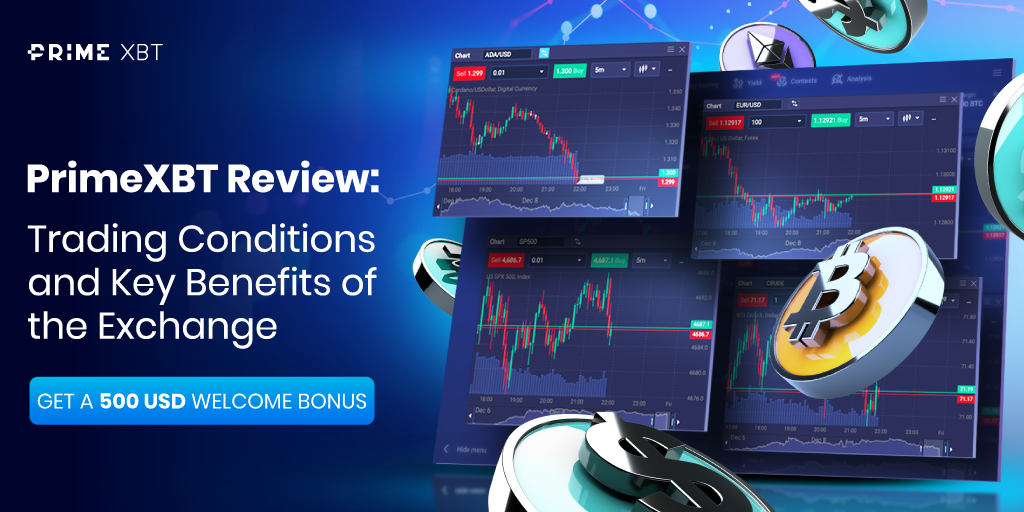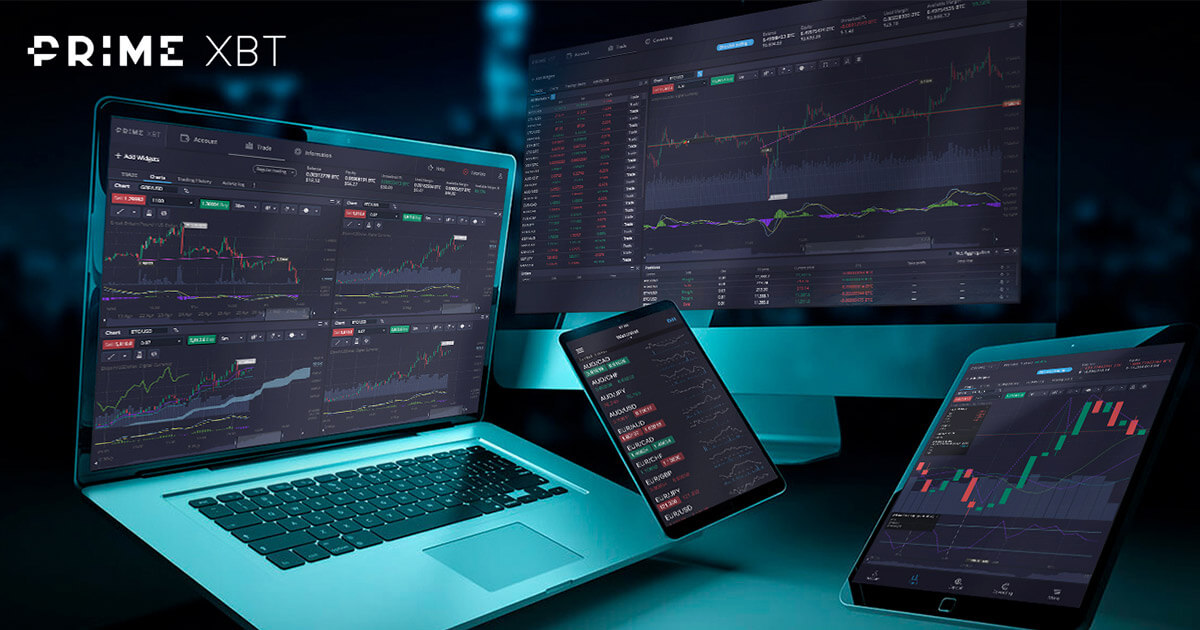Effective Strategies for Risk Management PrimeXBT Forex 6

Effective Strategies for Risk Management PrimeXBT Forex
Risk management is a crucial component of trading in the Forex market, especially when utilizing platforms like Risk Management PrimeXBT Forex risk management PrimeXBT Forex. Whether you’re a novice trader or a seasoned professional, understanding and implementing a solid risk management strategy can mean the difference between long-term success and catastrophic losses. In this article, we delve into key principles and techniques that can help you effectively manage risk in your Forex trading endeavors.
Understanding Risk in Forex Trading
The Forex market is inherently volatile. Currency prices can fluctuate significantly due to various factors, including economic indicators, geopolitical events, and market sentiment. As a trader, acknowledging this risk and preparing for it is essential. The first step in risk management is understanding how much of your capital you are willing to risk on a single trade and setting parameters accordingly.
The Importance of a Trading Plan
One of the foundational elements of successful Forex trading is the development of a comprehensive trading plan. A trading plan should include your trading goals, risk tolerance, entry and exit strategies, and criteria for selecting trades. By following a structured approach, you can mitigate spontaneous or emotional trading decisions that often lead to losses.

Defining Your Risk Tolerance
Before diving into the Forex market, it’s crucial to define your risk tolerance. Risk tolerance refers to the level of risk you’re comfortable taking in your investments. This can vary significantly between individuals based on factors such as financial situation, experience, and emotional readiness. By clearly defining your risk tolerance, you can develop strategies that align with your comfort level and potential for loss.
Utilizing Stop-Loss Orders
One of the most effective tools for managing risk in Forex trading is the use of stop-loss orders. A stop-loss order automatically closes a position when the market reaches a specific price, helping to limit potential losses. Setting appropriate stop-loss levels is crucial; it should be based on technical analysis and should take into consideration market volatility. Implementing stop-loss orders is an essential step in protecting your capital and managing risk effectively.
Position Sizing: Finding the Right Balance
Position sizing refers to the amount of capital you allocate to a particular trade. It is a critical aspect of risk management, as it directly impacts your risk exposure. A common rule of thumb is to risk only a small percentage of your trading capital (typically 1% or 2%) on a single trade. This approach ensures that even a series of losing trades will not significantly deplete your account balance. Various methods like the Kelly Criterion can also be employed to calculate optimal position sizes based on the expected win-loss ratio and probability of success.
Diversifying Your Portfolio
Diversification is a time-tested strategy used to spread risk across various assets, thereby minimizing the impact of a poor-performing trade on your overall portfolio. In Forex trading, this can entail trading different currency pairs or including asset classes that are not correlated with one another. By diversifying, you can achieve a more balanced portfolio and protect yourself from unexpected market swings.

Keeping Emotions in Check
Trading can evoke a wide range of emotions, from excitement during winning trades to fear and frustration during losing trades. Emotional decision-making often leads to impulsive and irrational trading behaviors, which can quickly erode your capital. Establishing a disciplined approach to trading, grounded in your trading plan and risk management strategies, will help you remain focused and reduce the influence of emotions on your trading decisions.
Regularly Reviewing and Adjusting Strategies
Forex markets are dynamic and constantly changing. To stay ahead, it’s essential to regularly review your trading performance and risk management strategies. Look back on your trades to analyze what worked and what didn’t. Be prepared to adapt your strategies based on market conditions, new information, or changes in your own circumstances. Adjusting your risk management approach will ensure ongoing effectiveness in protecting your capital.
Utilizing Technology for Risk Management
With the advancement of technology, traders have access to a myriad of tools and platforms that can enhance their risk management strategies. For example, advanced trading platforms often come with integrated risk management features, such as automated risk assessment, real-time alerts on significant price movements, and performance tracking tools. Taking advantage of these resources can help you to make informed decisions and manage risk more effectively.
Conclusion
In conclusion, effective risk management is an indispensable part of Forex trading, and implementing strategies such as defining risk tolerance, utilizing stop-loss orders, and maintaining discipline can significantly enhance your trading performance. By incorporating robust risk management practices and understanding market dynamics, traders can navigate potential pitfalls and strive for long-term success in the Forex market through PrimeXBT.